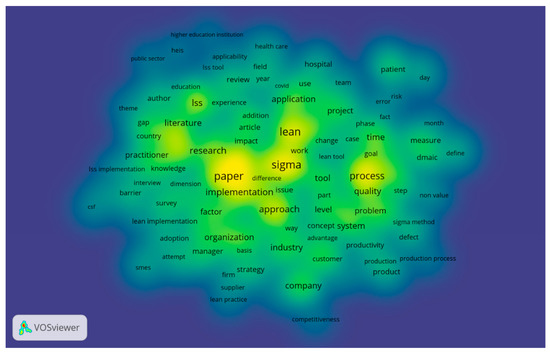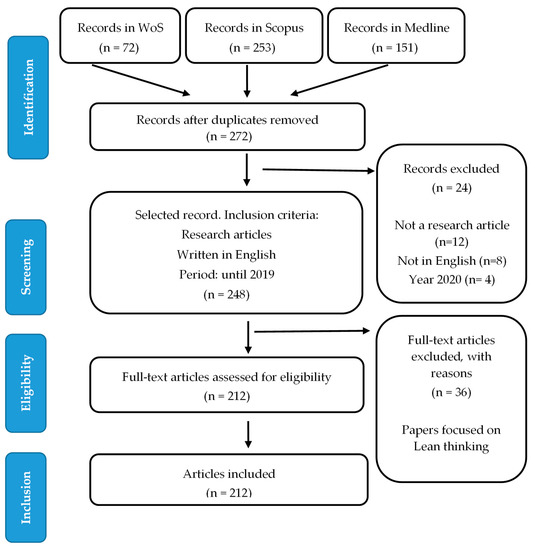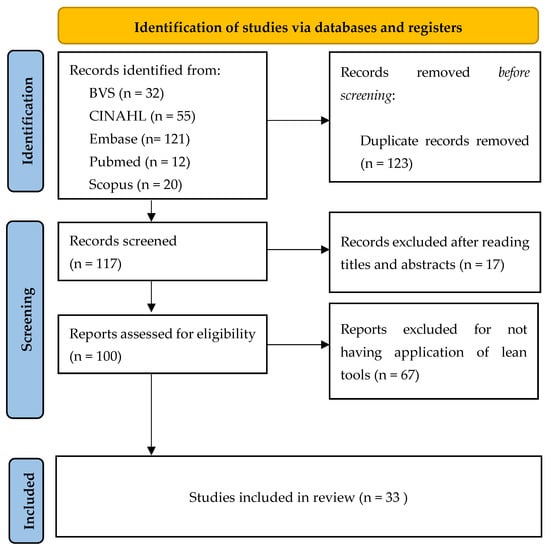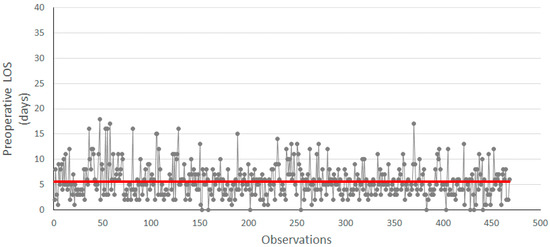Lean Six Sigma in Healthcare (Closed)
A topical collection in International Journal of Environmental Research and Public Health (ISSN 1660-4601).
Viewed by 29075Editors
Interests: bioengineering; public health; healthcare decision making; machine learning and data mining for healthcare; modeling and analysis of biomedical data; health technology assessment; quality improvement in healthcare; lean six sigma; biomedical signal processing and analysis
Special Issues, Collections and Topics in MDPI journals
Interests: design for additive manufacturing; reverse engineering; design methods; creative design; mechanical analysis; modeling and simulation; biomechanics; scaffold design
Special Issues, Collections and Topics in MDPI journals
Interests: biomedical engineering; bioengineering; nanomedicine; magnetic resonance imaging; contrast agents; microfluidics; biomaterials; nanoparticles; biomedical data analysis; biomedical signal processing; heart rate variability; fetal heart rate variability; electronic fetal monitoring; lean six sigma in healthcare
Special Issues, Collections and Topics in MDPI journals
Interests: design for additive manufacturing; reverse engineering; design methods; creative design; mechanical analysis; modeling and simulation; biomechanics; scaffold design
Special Issues, Collections and Topics in MDPI journals
Topical Collection Information
Dear Colleagues,
Lean Six Sigma is a methodology which combines principles and tools of Six Sigma and Lean production in order to avoid wastes. The objective is to optimize the utilization of resources, work areas, production process and, at the same time, to assure high quality in production and in process management. This methodology comes from the manufacturing sector. In fact, Lean thinking has been used to describe the Toyota Production System, while Six Sigma has been developed in 1987 by the Motorola Corporation to improve products quality. Lean Six Sigma is capable of combining the statistical analysis power of Six Sigma with the tools and principles used to eliminate wastes and reduce lead times, which is typical of Lean system.
In the last few years, Lean Six Sigma has been also implemented in the health care sector to reduce wastes and to measure process inefficiency in order to reduce it via corrective actions. Unfortunately, not all the healthcare sector implements Lean Six Sigma. For this reason, it is important to keep the research active. Indeed, implementing Lean Six Sigma in the whole health care sector and keeping all personnel involved in this process focused on performance and patient satisfaction (Performance and Patient Centric) could represent a great opportunity to lean towards operational excellence.
The objective of this Topical Collection is to attract ideas regarding the application of Lean Six Sigma tools in healthcare. Especially appreciated are original research articles which could contribute to providing guidelines, tools, and techniques in order to improve healthcare processes for political leaders. Review articles which summarize the state of the art and recent advances in these topics are also welcome.
Potential topics include but are not limited to the following:
- Reducing hospital costs
- Reducing the amount of hospital-acquired infections
- Reducing patient waiting time
- Introducing new clinical procedures in order to reduce the amount of length of hospital stays
- Comparing drugs
- Improving quality of care provided
Dr. Giovanni Improta
Prof. Dr. Massimo Martorelli
Dr. Alfonso Maria Ponsiglione
Prof. Dr. Antonio Gloria
Collection Editors
Manuscript Submission Information
Manuscripts should be submitted online at www.mdpi.com by registering and logging in to this website. Once you are registered, click here to go to the submission form. Manuscripts can be submitted until the deadline. All submissions that pass pre-check are peer-reviewed. Accepted papers will be published continuously in the journal (as soon as accepted) and will be listed together on the collection website. Research articles, review articles as well as short communications are invited. For planned papers, a title and short abstract (about 100 words) can be sent to the Editorial Office for announcement on this website.
Submitted manuscripts should not have been published previously, nor be under consideration for publication elsewhere (except conference proceedings papers). All manuscripts are thoroughly refereed through a single-blind peer-review process. A guide for authors and other relevant information for submission of manuscripts is available on the Instructions for Authors page. International Journal of Environmental Research and Public Health is an international peer-reviewed open access monthly journal published by MDPI.
Please visit the Instructions for Authors page before submitting a manuscript. The Article Processing Charge (APC) for publication in this open access journal is 2500 CHF (Swiss Francs). Submitted papers should be well formatted and use good English. Authors may use MDPI's English editing service prior to publication or during author revisions.
Keywords
- lean
- Six Sigma
- Lean Six Sigma
- DMAIC
- healthcare quality improvement
- process re-engineering
- public health
- patients’ satisfaction












